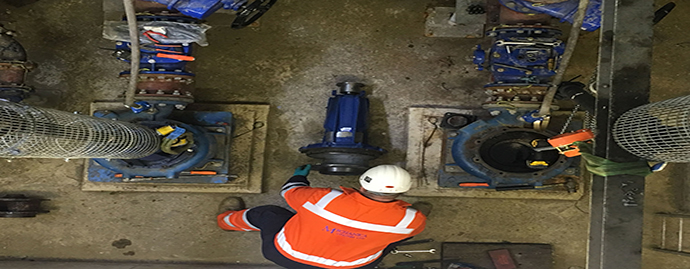|
- The industry standard method of measuring hose assembly lengths
- Cutting the hose to length – the importance of a good, clean cut
- Skiving – internally and externally
- Preassembly of one piece and two piece couplings
- Angular orientation and hose bias when the hose assembly has two angled connectors
- Crimping / swaging.
- Covering all aspects from correct die selection, machine setting, correct positioning of the hose assembly within the machine, measuring the crimp diameter, reducing the crimp diameter if necessary and ensuring that the operation has been completed correctly
- Typical sample inspection plan for volume hose assembly manufacture
- Pressure testing of hose assemblies – ratios based on working pressure and application
- Cleaning and protecting of hose assemblies prior to supplying to the customer
- Correct installation of adaptors and hose assemblies
- Good & bad practice for installation, considering issues such as; bend radius, natural hose bias and reducing damaged caused by abrasion, heat, kinking and twisting
- Environmental conditions which can cause hose and connector degradation
- Good & bad practice when tightening up connectors
- Hose and Connector Failure
- Reasons for hose and connector failure. How to reduce / eliminate the likelihood of failure occurring
- Re-ending hydraulic hose assemblies – DON’T & don’t mix and match. The stance of the BFPA and other bodies within the fluid power industry on these two important topics.
|
|

 ۹۲۰۰۰۷۷۷۱ ۹٦٦+
۹۲۰۰۰۷۷۷۱ ۹٦٦+










